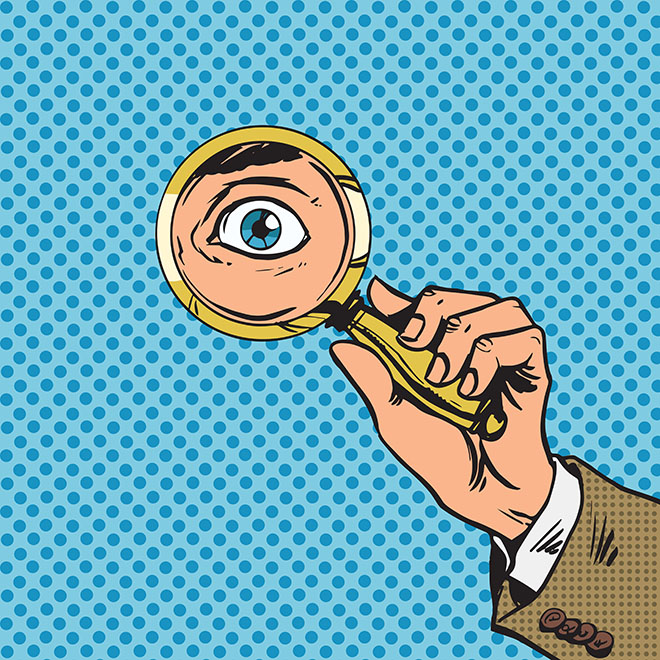
While hiking through the woods one day, I heard a nearby scuffling sound, only to turn and see a baby deer. For the lack of a better simile, I stood there shocked, like a deer caught in headlights. A wave of exhilaration still surged through my body because that was the closest I’d ever been to a non-domesticated animal. The beautiful animal, on the other hand, was terrified and quickly sprinted away. I was certainly apologetic for stomping on its home, but that experience was the highlight of my camping trip.
For adventurers eager to recreate this moment, here are some tips on how to get closer to the wilderness:
1. The early bird catches the worm
If you’re planning to go on a hike, do it early in the morning or late at night because those are the best hours for spotting animals.
2. Transitional zones are hot zones
Be alert in ecotones – the transitional zones between different habitats, such as the border between a prairie field and the woods. Animals tend to gather in these areas rather than in more uniform landscapes.

3. Be a ghost
Scan your surroundings and stop every quarter-mile or so to listen for any scuffing noises. Also position yourself downwind to hide your presence from any potential predators, and keep your distance. Stay at least 100 yards away from wolves or bears, and 25 yards from other animals.
4. Do your research
It may also help to learn a region’s ecological calendar in order to find the best times and locations for animal appearances. The mule deer, for example, will trek down from high meadows to overwinter in valleys.

5. Primetime
In general, it’s good to search for animals on overcast days, when they tend to be the most active. Windless days are also ideal because they prevent your scent from traveling.
6. Technique, technique, technique
“Scatter vision” will allow you to spot motion better over a wide area. Keep your eyes moving without letting them settle on one specific focal point.
7. Come prepared
You should always be on the lookout with proper equipment. Keep your binoculars and a camera handy to snap pictures.

















